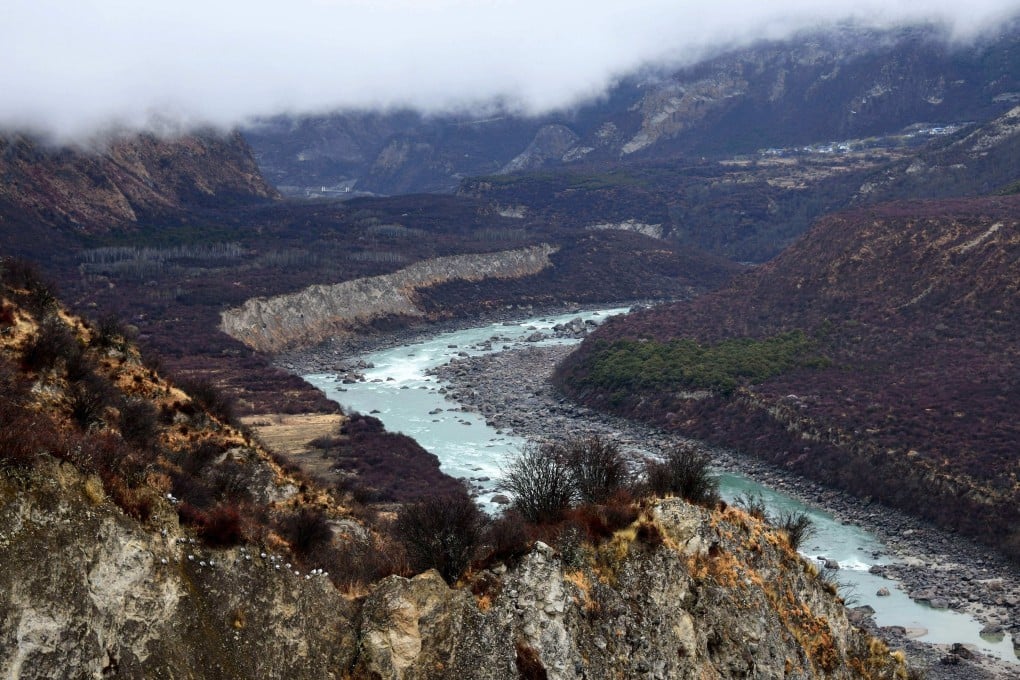Editorial | Transparency key to easing regional concerns over Tibet mega-dam
With delicate diplomatic handling, this ‘project of the century’ can build goodwill and help South Asia’s water-dependent economies

The 1.2 trillion yuan (US$167 billion) dam will benefit not only the local economy, but also regional development. By harnessing the river’s 2,000m elevation drop in the Yarlung Tsangpo Grand Canyon, the world’s deepest, it can potentially provide 300 million people with clean power, including in nearby countries such as Nepal, Bhutan, Bangladesh, India and Myanmar, stimulating regional economic development.
Beijing is well aware of the controversy. The foreign ministry has said rigorous environmental protection and mitigation efforts will be made during construction, and transparency will be maintained through communication with countries downstream.
It needs to do more. To mitigate transborder disputes, it won’t be enough to just say there will be “no negative impact” downstream. China can build confidence through engagement and transparency. Timely data-sharing on dam conditions and water levels will certainly help.
